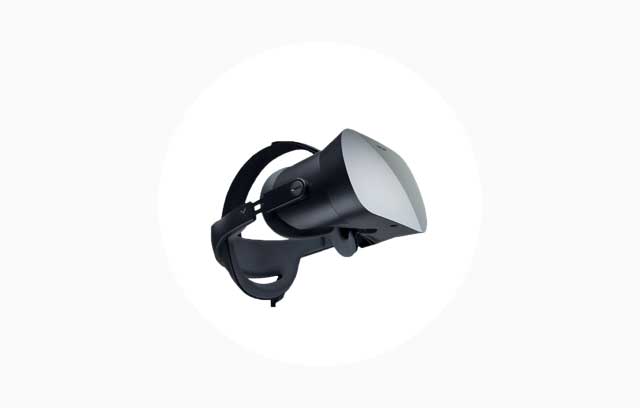“To the man with a hammer, everything looks like a nail.”
The origins of the preceding quotation are unclear – most likely Kaplan or Maslow, but some argue that Mark Twain said it first. No matter the author, this analogy is apt to describe a current trend in our industry. After roughly a half-century of amazing technological advancements and staggering feats of R&D, eye tracking researchers have created some extremely useful hammers. We have hammers that measure every fixation, saccade and flicker of your pupil. We have hammers that sit on your desk and hammers that rest unobtrusively on the bridge of your nose. We have hammers that can track the eye of pretty much anyone pretty much anywhere doing pretty much anything. I am referring, of course, to our eye tracking hardware systems, which seamlessly translate raw physiology into accurate visual behavior data. Regardless of the source of this well-worn quote, the point can be easily applied to our own high-tech tools.
Eye tracking researchers must resist the temptation to approach every study objective exclusively with eye tracking. Although there is a treasure trove of valuable information available through this methodology, there are many questions that analysis of visual behavior alone simply cannot answer. Eye tracking cannot tell you for certain which item a shopper will purchase. It provides no means of divining click or scrolling data. Most glaringly, there is no configuration of cameras, software and infrared lights capable of capturing the thoughts, expectations and perceptions of the consumer. When planning a research study, it is important to ask yourself the following two questions: Which of my objectives can be addressed by eye tracking? And what other methodologies might I employ to fill in the blanks?
This may seem like common sense, and yet the reach of eye tracking is sometimes overstated by its practitioners. For example in the field of web usability, there are researchers who suggest that heat maps and gaze plots will tell you virtually everything you need to know about usability. Obviously we agree that the eye of the user is an indispensable resource for answering a great many questions, but we only recommend it as a standalone approach when the goal of the research is extremely simple. In addition to eye tracking, any comprehensive evaluation must include analysis of click patterns, pages viewed, time on page, usability errors and scrolling. Websites are not static test stimuli; they are dynamic multilayered interfaces, which cannot be assessed without considering visual and navigational behavior.
Perhaps even more critically, there is the subjective component. Everyone knows that analyzing qualitative data can be somewhat messy. That doesn’t mean it isn’t useful. In our experience the best way to understand the implications of eye and click data is to ask the user to explain it in an eye tracking-enhanced post-testing interview, in which the eye movements of the user serve as a powerful memory cue. A gaze plot will tell you exactly what he/she looked at during a given task, but unless you ask ‘why,’ you can only guess at underlying motivations. Yes, interview data can be unreliable. Yes, the process can be inefficient and the data difficult to quantify. However, if you ask the right questions and interpret the answers carefully, your understanding of the user experience will undoubtedly be enriched by your qualitative efforts.
Questionnaires, physiological sensors, task success metrics – there are too many other methods to mention, most of which compliment eye tracking nicely (and are supported by EyeWorks). The best approach is one that pairs each research question with the appropriate research technique, for example…
- How quickly do users notice the left navigation? Utilize eye tracking.
- How often do users click links in the left navigation? Track navigational behavior.
- Do users like how the left navigation is organized? Interview the user after the session.
Eye tracking is an unparalleled research methodology with applications in a wide variety of different fields. Nevertheless, that doesn’t mean it must stand alone. Don’t limit yourself. Use any and all tools necessary to meet the specific objectives of your study. If you can do that, there’s a good chance your results will hit the nail on the head.



